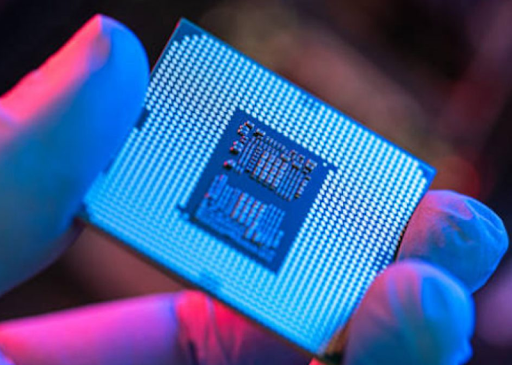Recent research from the University of Illinois at Urbana-Champaign proposes an innovative electrochemical approach to capture, concentrate and destroy a wide range of PFAS (per- and polyfluoroalkyl substances) in water in a single process, including the increasingly common ultra-short-chain PFAS. This new technology is expected to address the growing pollution problem in semiconductor manufacturing.
Previously, research from the University of Illinois showed that long- and short-chain PFAS can be removed from water by electrochemical adsorption, but this method does not work for ultra-short-chain PFAS due to their small molecules and different chemical properties. The study, led by Xiao Su, a professor of chemical and biomolecular engineering, successfully addressed the challenge of capturing the complete spectrum of PFAS molecules by combining "reduction oxidative electrodialysis" with electroadsorption.
"We chose reductive oxidation electrodialysis because the ultra-short chain PFAS behave like salt ions in water," explains Professor Su, "The key is to design an efficient electrodialysis system that captures the ultra-short chain PFAS and works synergistically with the electroadsorption process to remove the long and short PFAS while destroying them through an electrochemical oxidation process, ultimately in a single device."
Prof. Su's team has previously successfully demonstrated highly efficient electrodialysis devices capable of removing a wide range of non-PFAS contaminants. However, the process relies on ion exchange membranes, which are expensive and prone to clogging with PFAS molecules.
To overcome this problem, the team introduced an inexpensive nanofiltration membrane that is able to remove PFAS by an electric field drive without being prone to contamination. This technology builds on the team's previous research on combining reduced polymers with nanofiltration membranes to achieve efficient and energy-efficient desalination.

Figure: Innovative electrochemical methods help remove PFAS contamination from water and solve problems in the semiconductor industry
While it is important to select the right material for PFAS removal, finding the most efficient device configuration is also a major challenge.
"After many experiments, we finally settled on a system that is able to remove the remaining short- and long-chain PFAS by carbon electrodes while removing ultra-short-chain PFAS molecules from water. This process also concentrates all PFAS, making them easier to destroy. Professor Su added.
Finally, through electrochemical oxidation during reductive oxidative electrodialysis, the captured PFAS are converted into fluoride ions, a step that is key to the elimination of these persistent contaminants.
Professor Su said that the team is looking forward to expanding the process from the laboratory to practical applications, hoping to not only solve the problem of wastewater treatment, but also apply the system to industrial wastewater treatment.
"This study is very timely as the U.S. government, wastewater treatment facilities, and the semiconductor industry are increasingly interested in this technology," said Prof. Su. "As semiconductor production is expected to continue to grow in the coming years, PFAS remediation will be an important topic in sustainable production."
The study was also supported by a grant from the National Science Foundation ERASE-PFAS Program. Researchers at the University of Illinois, Nayon Kim, Johannes Elbert and Ekaterina Shchukina were also involved in the study. Professor Su is also affiliated with the University of Illinois in Civil and Environmental Engineering, Chemistry, and the Beckman Institute for Advanced Science and Technology.






